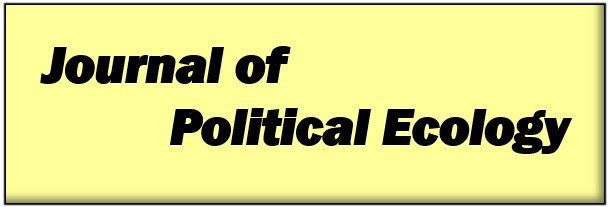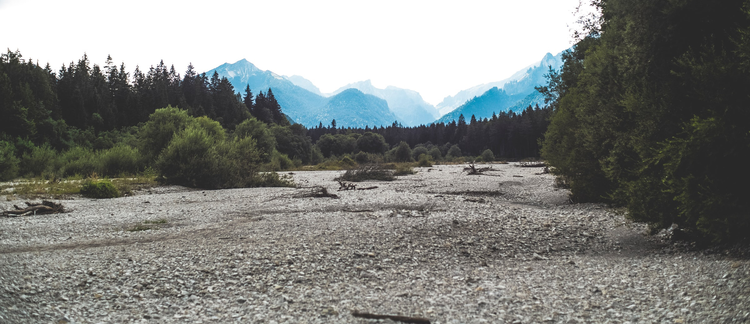Abstract
The structures existing in wartime extend into post-conflict settings. Critical structural analyses expose these transitions. In this article, by engaging with two fields of conflict studies and political ecology, we develop the concept of social-ecological peace. This framework helps to understand how dimensions of prior violence transform into peace, and whether resilient structures and discourses or certain types of violence continue in different forms. The framework builds on Galtung's conceptualization of violence and peace, but realigns his "cultural violence" with Pierre Bourdieu's "symbolic violence." We add an ecological and historical dimension, based on Nixon's "slow violence." Applying the framework to Aceh, Indonesia, shows how cultural peace allows individuals to narrate and act out a new identity, and in this way, enables them to put into effect structures of a new era of social-ecological peace. At the same time, discourses that are inherited from wartime and transform into peacetime can carry violence with them. It is important to expose the structural effects of the very discourses that have supported Aceh's autonomy, so that they do not extend structural violence further into peacetime. This is likely to remain a challenge in a context where Aceh is still negotiating and struggling to enhance its political autonomy.
Keywords: peace, violence, Aceh, slow violence, Galtung
How to Cite:
Yanuardi, Y., Bluemling, B. & Biermann, F., (2022) “Social-Ecological Peace – A framework to analyze the transition from violence to peace in post-conflict areas, applied to Aceh, Indonesia”, Journal of Political Ecology 29(1), 247–265. doi: https://doi.org/10.2458/jpe.4707
Downloads:
Download PDF
View PDF
Funding
- Name
- LPDP scholarship
2716 Views
605 Downloads

